posted by Rachel Skokowski
Let’s start off with a quick game of spot the difference: how many differences can you find between these two images?


How about between these two?


In the first set, you might have noticed that in Figure 2, the seated woman with her back to us is wearing a different hat and dress. In the second set, you can clearly see that the whole scene in Figure 4 is reversed, and the standing woman with the parasol and the kneeling woman have been removed –not to mention the odd-looking baby!
So what exactly is going on here?

This was the question I set out to answer through some detective work for my History of the Book class. The second image in both sets is taken from an unusual book in the Bodleian Library at Oxford: a copy of Rétif de la Bretonne’s Monument du costume physique et moral de la fin du dix-huitième siècle, Ou Tableaux de la vie (translated as A record of manners, physical and moral, on the close of the eighteenth century, or pictures of life) published in London in 1793.
This copy is fascinating for several reasons: it belongs to a counterfeit edition of the Monument, an illegal version published across the Channel without permission from the patron who commissioned the original book. The first edition of the Monument was published in 1789 in Germany and featured illustrations by a famous French illustrator, Jean-Michel Moreau le Jeune (Figures 1 and 3). The Bodleian version was published four years later in London with illustrations by an unknown artist. These illustrations are copies of Moreau’s engravings, but with a series of interesting changes, as you can see in Figures 2 and 4.
My task as a book detective was to discover why these changes were made, and what they can tell us about the people who would have bought and read this book. Some of the changes were technical: the artist of the Bodleian copy clearly wasn’t as talented as the original artist, Moreau, so some differences like odd-looking babies or clumsy changes in perspective were likely a result of his lack of skill. The reversal of the scene in Figure 4 also indicates that the image was copied from the original: the artist would have traced or copied the scene in the original illustration and then made his own print from this copy, which would reverse the scene in the printing process.
However, the most obvious changes are changes in fashion. We can see this in the seated woman with her back to us in Figure 2, where the artist has changed her outfit to a style of dress called the redingote.

Why would the artist have chosen this type of dress in particular? I believe there could be two reasons. First, the redingote was an English fashion, so this change could indicate that because the book was published in London, the publisher wanted it to appeal to an English audience. Secondly, the redingote was a more recent fashion. In the eighteenth century, just like today, what was in style at one moment could be out of style the next, so this could have been an effort to update fashions that had changed in the four years since the original edition of the Monument was published.
Finally, there was another element I had to take into consideration: these fashion changes could have had a political motive. In the years between the original publication of the Monument in 1789 and the publication of the Bodleian copy in 1793, there was a major political event –you guessed it, the French Revolution. By 1793, there were many French refugees living in London who had escaped the Revolution, and anti-French sentiments had begun to spread. Changing the fashions to make them more English and/or more contemporary could have been a way for the publisher to distance the book from the French way of life under the ancien régime that was recorded in the Monument, especially in images of glamorous clothing and life at court like Figure 7.

At the same time, however, the French refugees living abroad in London might have wanted a reminder of their previous way of life, so the re-publication of the book could have been intended for this French audience living abroad. Would this version of the Monument, published in England after the French Revolution, have used the changes in its illustrations to criticize or celebrate the French culture it represented? We may never know the exact answer, but it was a fascinating process of detective work to try to uncover why these changes might have been made, and what they can tell us about the audience who might have read this book.
Ultimately, this project was an exciting opportunity to study a book that no one had examined closely before, all thanks to a lucky trip to the library. When I began my research, I found this copy of the Monument on the online catalogue for the Bodleian, but it wasn’t until I went to see the book in the library that I realized how unusual its illustrations were and set off on my own investigation. It just goes to show what might happen when you go for an adventure on the bookshelf!
P.S. Who was Rétif de la Bretonne?

While my project focused on the illustrations of the Monument, not its text, it is worth briefly mentioning the author of the book, Nicolas-Edme Rétif de la Bretonne. Rétif (or Restif) was infamous for writing scandalous novels in eighteenth-century France and for his interest in a very particular type of female beauty: the women portrayed in the illustrations to his books always have strangely elongated figures and tiny feet. Aside from the strange appearance of the women in them, the illustrations in Rétif’s books are also particularly interesting because he was one of the first French authors to work directly with an artist (usually Louis Binet) to illustrate his books, an unusual choice for an author at this time.
If you would like to learn more about Rétif de la Bretonne, you can visit the site of the Société Rétif de la Bretonne (in French), or view digitized copies of several of his works online through Gallica.

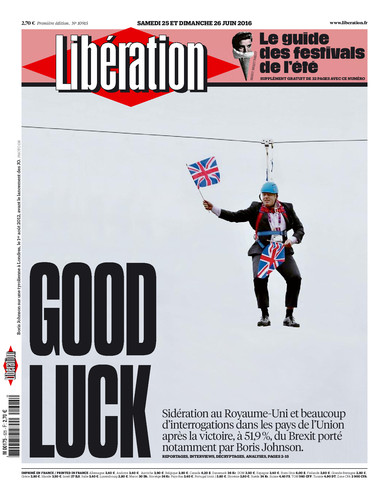

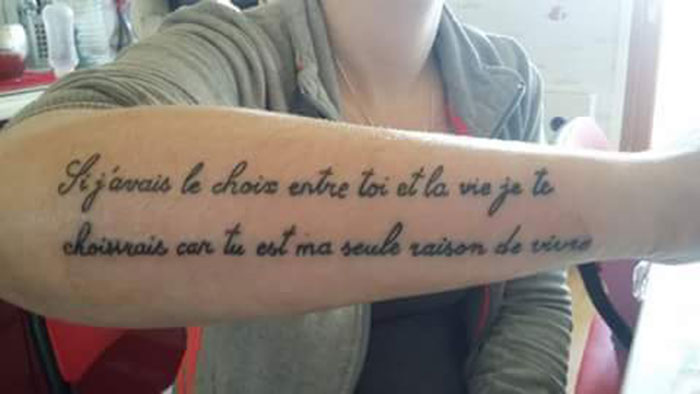
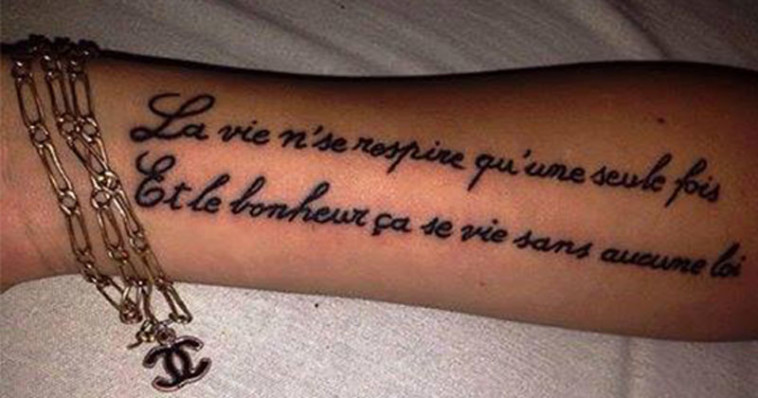
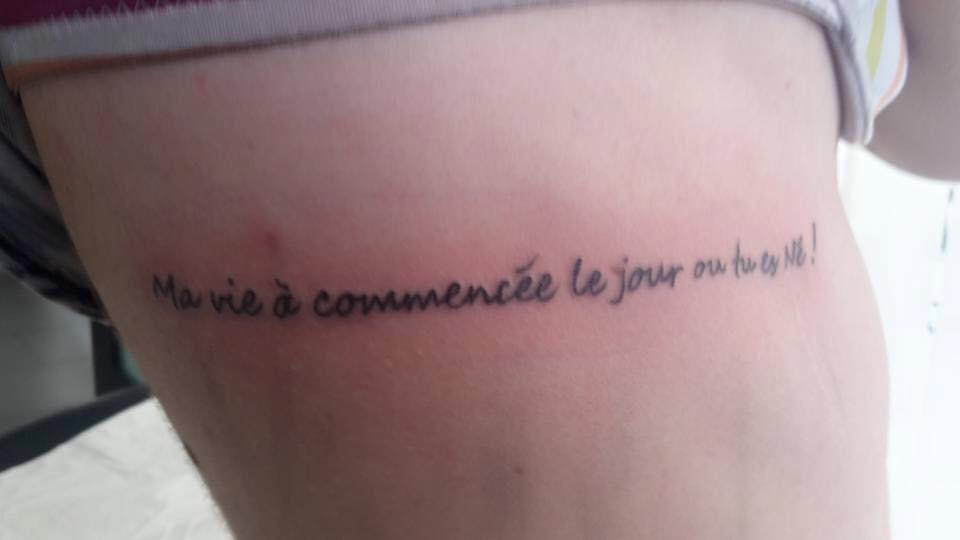
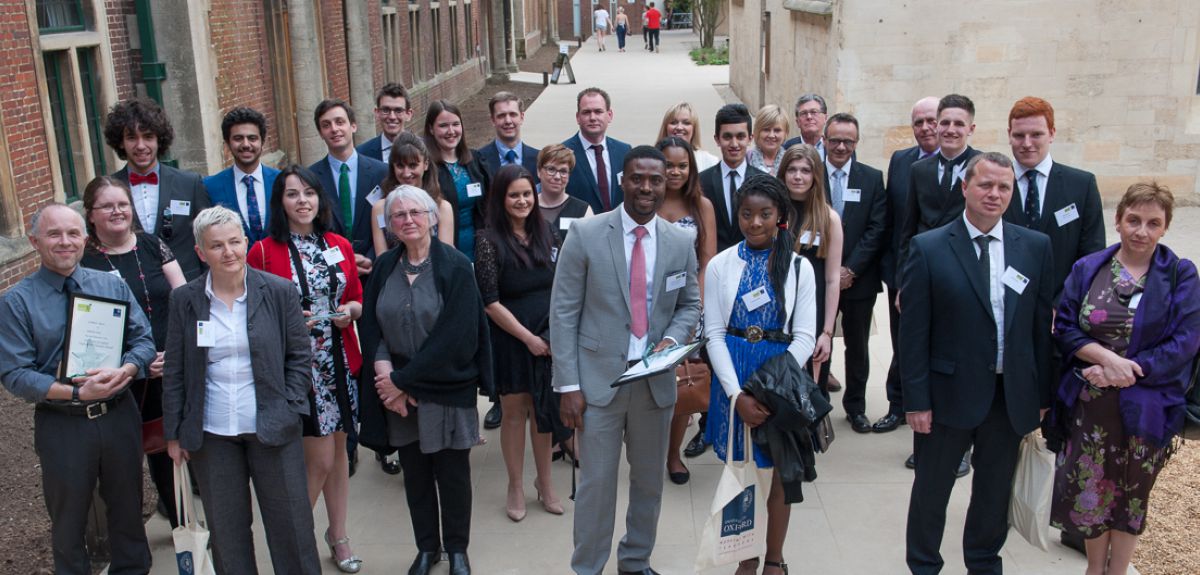
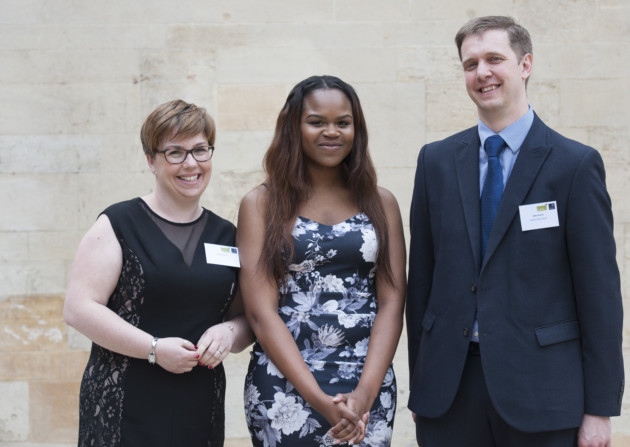

![affiche-finale-agathe-212x300 [55473]](http://bookshelf.mml.ox.ac.uk/wp-uploads/2016/05/affiche-finale-agathe-212x300-55473.jpg)
![Pichet Marie Talbot [55474]](http://bookshelf.mml.ox.ac.uk/wp-uploads/2016/05/Pichet-Marie-Talbot-55474.jpg)



